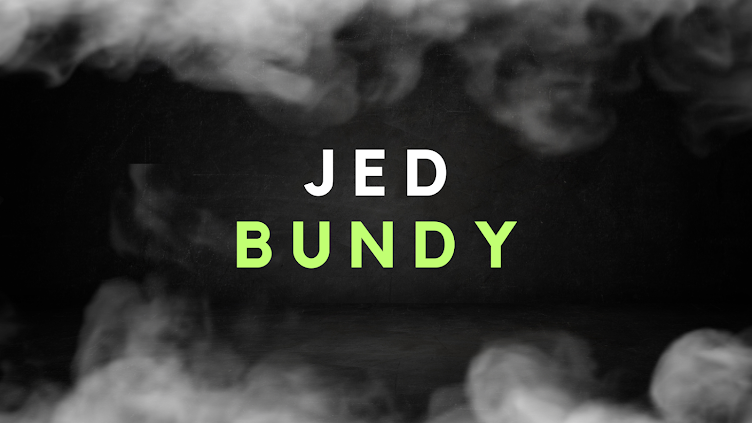Tobe Hooper's Terrifying Legacy: Exploring the Best Horror Movies from the Mastermind
Tobe Hooper, a visionary filmmaker and a true master of horror, has left an indelible mark on the genre with his unique storytelling and innovative approach to filmmaking. Born on January 25, 1943, in Austin, Texas, Hooper's contribution to the world of horror has been both iconic and influential. This article delves into some of Tobe Hooper's best horror movies, showcasing his ability to instill fear and captivate audiences with his distinctive style.
- The Texas Chain Saw Massacre (1974):
Tobe Hooper's breakout film, "The Texas Chain Saw Massacre," is often hailed as one of the most influential horror movies of all time. Released in 1974, this low-budget masterpiece redefined the slasher genre, introducing audiences to Leatherface, a chainsaw-wielding killer, and his deranged family. The film's gritty, documentary-style approach and relentless tension make it a timeless classic that continues to terrify and inspire filmmakers to this day.
- Poltergeist (1982):
In collaboration with Steven Spielberg, Tobe Hooper directed the supernatural horror film "Poltergeist." Released in 1982, the movie revolves around a suburban family whose home is invaded by malevolent spirits. While Spielberg's influence is evident in the film's heartwarming family dynamics, Hooper's touch brings a darker and more intense edge to the supernatural occurrences. "Poltergeist" remains a benchmark in haunted house cinema, blending scares with emotional depth.
- Salem's Lot (1979):
Based on Stephen King's novel of the same name, "Salem's Lot" is a two-part television miniseries that showcases Tobe Hooper's talent for adapting written material into gripping visual narratives. The story revolves around a writer who returns to his hometown, only to discover that a vampire is turning its residents into the undead. Hooper's atmospheric direction and skillful pacing make "Salem's Lot" a standout entry in the vampire horror subgenre.
- Eaten Alive (1976):
Following the success of "The Texas Chain Saw Massacre," Hooper continued to explore the theme of madness in the swamps of Texas with "Eaten Alive." This exploitation horror film features a deranged hotel owner who feeds his guests to a giant crocodile. While not as widely celebrated as some of Hooper's other works, "Eaten Alive" is notable for its unrelenting tension and unsettling atmosphere, showcasing the director's ability to create horror in diverse settings.
- The Funhouse (1981):
"The Funhouse" sees Hooper venturing into the realm of carnival horror. This slasher film follows a group of teenagers who decide to spend the night in a carnival funhouse, only to encounter a deformed killer. With its blend of suspense, carnival aesthetics, and gruesome kills, "The Funhouse" stands out as an underrated gem in Tobe Hooper's filmography, showcasing his versatility within the horror genre.
Tobe Hooper's legacy as a master of horror endures through his groundbreaking contributions to the genre. From the gritty terror of "The Texas Chain Saw Massacre" to the supernatural chills of "Poltergeist," Hooper's films continue to terrify and inspire new generations of horror enthusiasts. His unique vision, storytelling prowess, and ability to tap into primal fears have solidified his place as a true maestro of horror cinema. Tobe Hooper's impact on the genre is undeniable, and his best horror movies remain essential viewing for anyone seeking a spine-chilling cinematic experience.



